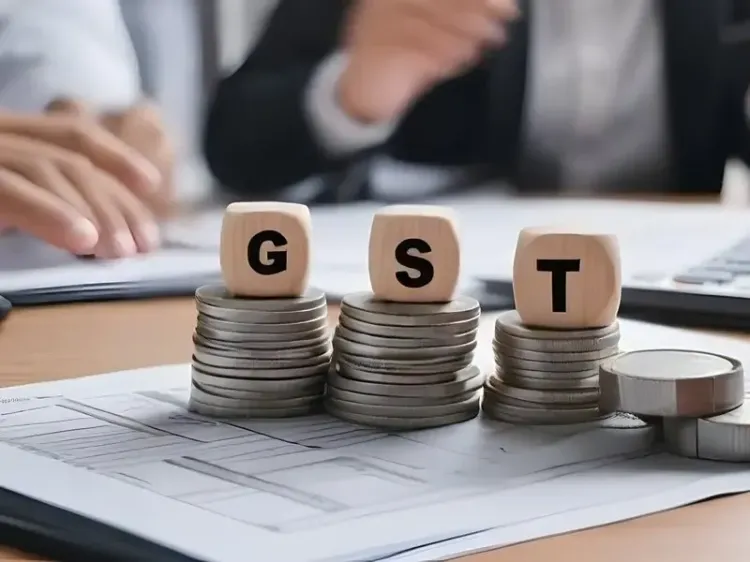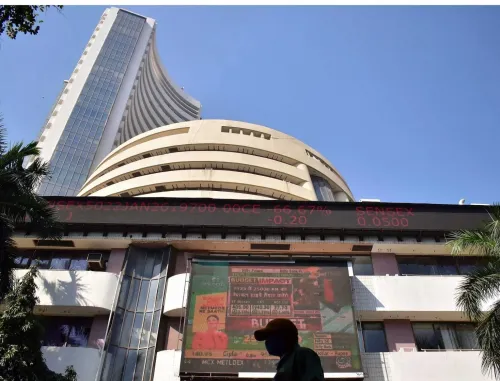Will GST reforms boost organised apparel revenues by 200 bps?

Synopsis
Key Takeaways
- Projected revenue growth of 200 bps for organised apparel.
- Maintained growth rate of 13-14 percent for two fiscal years.
- GST rate cut expected to boost mid-premium segment demand.
- Fast fashion continues to drive market momentum.
- Lower input costs from reduced GST on synthetic fibres.
New Delhi, Oct 20 (NationPress) The revenue of India's organised apparel retail sector is projected to increase by approximately 200 basis points this fiscal year, thanks to the recent GST rationalisation, according to a report released on Monday.
The organised apparel retail sector is anticipated to sustain a growth rate of 13–14 percent for the second consecutive fiscal year, as per insights from ratings agency Crisil Ratings.
The reduction in the GST rate for apparel priced under Rs 2,500 is expected to boost demand in the mid-premium segment, while the fast fashion or value segment will continue to sustain momentum, Crisil's analysis of 40 organised retailers indicates.
Although the GST relief is somewhat limited, it offers timely support to maintain growth, the ratings firm noted.
The introduction of a uniform 5 percent GST rate—as opposed to the previous dual structure of 5 percent for items below Rs 1,000 and 12 percent for those priced between Rs 1,000 and Rs 2,500—has expanded the consumption base, according to the report.
“The increase in the GST rate for apparel over Rs 2,500 from 12 percent to 18 percent has impacted premium categories, including wedding wear, woollens, handlooms, and embroidered clothing,” the firm pointed out.
The premium segment constitutes about 35 percent of organised apparel sales.
Crisil emphasized that since fast-fashion/value and mid-premium apparel, primarily priced below Rs 2,500, account for nearly 65 percent of the sector's revenue, stronger sales in these lower-priced items are likely to offset the sluggish growth in the higher-priced apparel segment.
“With the timing of the GST rate cut aligning with the festive season, we can expect demand to rise as middle-class spending increases,” stated Anuj Sethi, Senior Director at Crisil Ratings.
Additionally, modest inflation, declining food prices, and quicker fashion-refresh cycles will enable retailers to capture a slight share-of-wallet advantage in discretionary categories, fostering sustained sectoral revenue growth of 13-14 percent this fiscal year, Sethi added.
Poonam Upadhyay, Director at Crisil Ratings, mentioned that reduced cotton prices and the lowered GST on synthetic fibres and yarn to 5 percent will alleviate input costs, which make up nearly two-thirds of production expenses.









